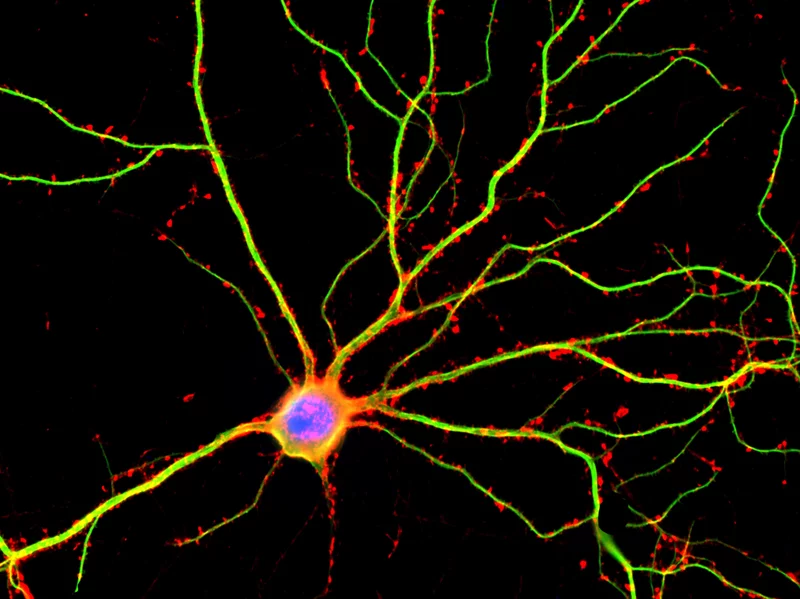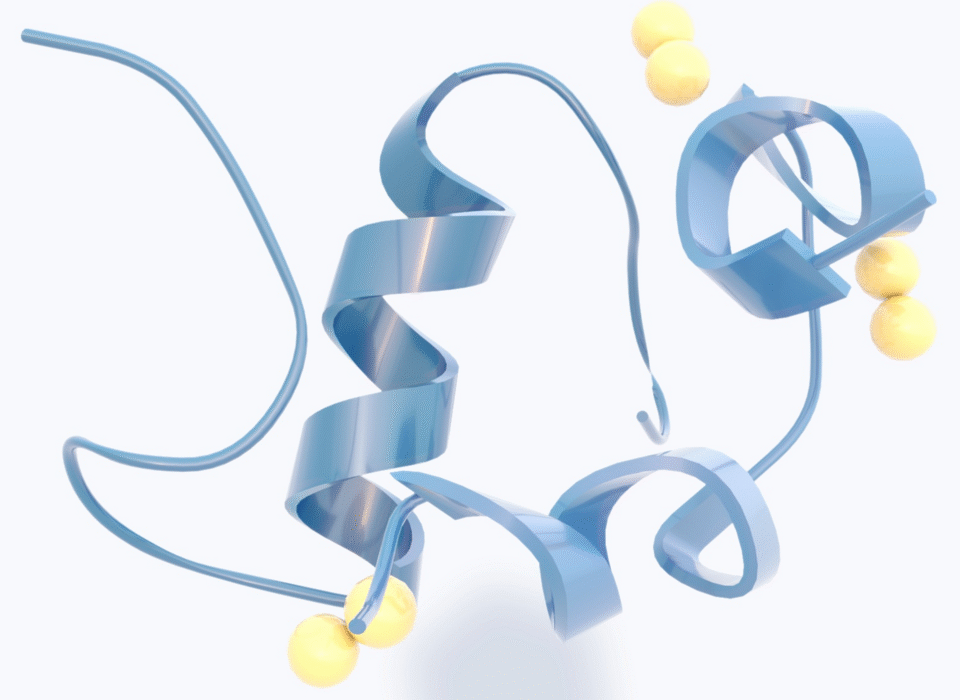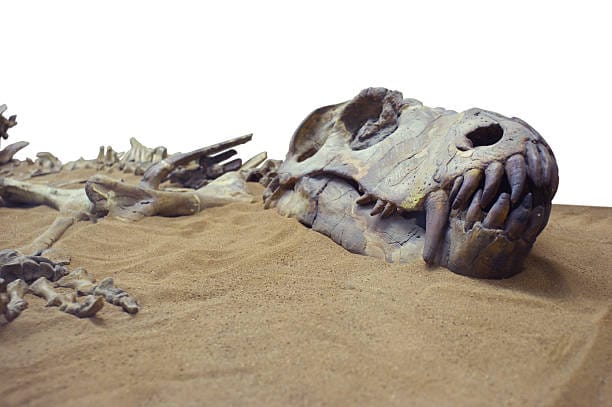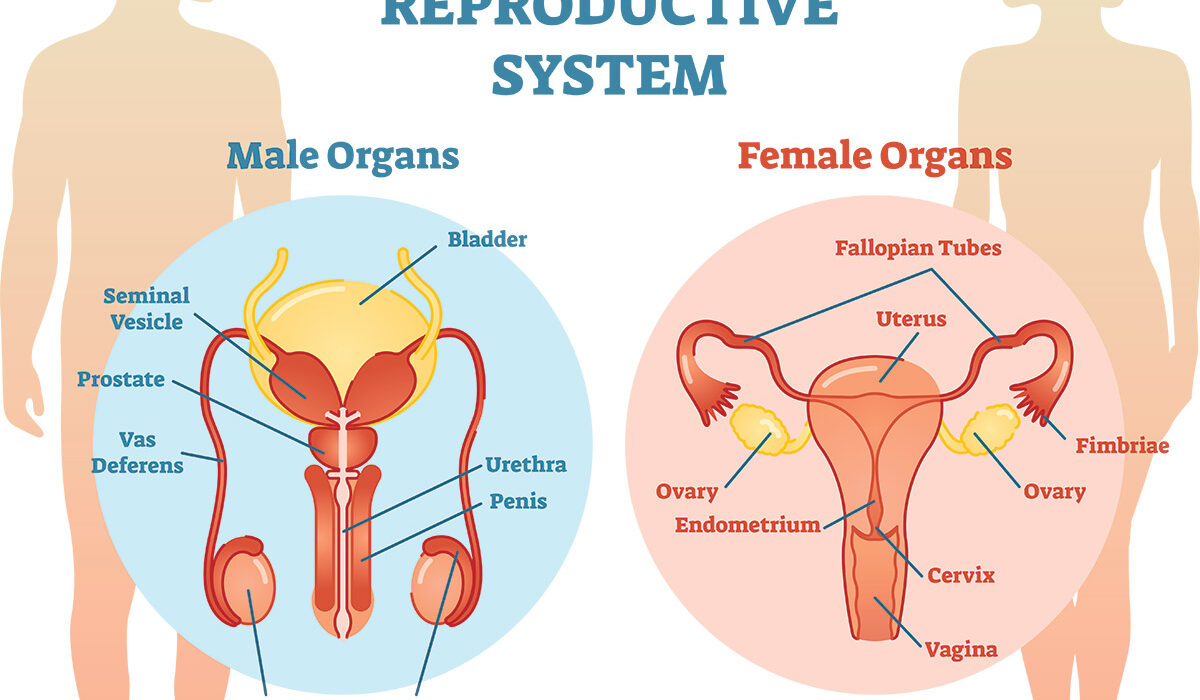Ever wonder why memories from the same day often feel like they’re part of the same story, while events separated by weeks seem like they belong in different chapters of your life? It turns out there’s a fascinating reason for this, and it’s hidden in the microscopic architecture of your brain. A groundbreaking new study reveals that our brains physically link memories that happen close in time—not in the cell bodies of neurons, but in their delicate, branch-like extensions called dendrites.
This discovery, made through a series of intricate experiments in mice, changes how we think about memory itself. For decades, neuroscientists have focused on neurons as whole cells—tiny computers that process and store information. But this new research highlights that dendrites, the twisting branches extending from these neurons, play an active role in knitting memories together. And they do it in a way that’s much more dynamic and localized than scientists ever imagined.
Published recently in Nature Neuroscience, this study doesn’t just explain why memories link together; it opens up new possibilities for understanding—and even treating—memory-related disorders.
How Are Your Memories Stored?
To understand the breakthrough, it helps to know a little about how memories are made. Your brain is composed of billions of neurons, which are specialized cells responsible for processing and transmitting information. Each neuron consists of a cell body, a long axon for sending signals, and dendrites—the spiny, tree-like branches that receive input from other neurons.
For years, dendrites were thought to be just passive receivers—kind of like antennas pulling in information and sending it to the neuron’s central processor (the cell body). But modern neuroscience has been turning that idea on its head. Dendrites aren’t just wires or passive pipelines. They’re active, decision-making components that can process information on their own, almost like tiny computers operating within each neuron.
And now, scientists know they do something even cooler: they physically link memories that happen close together in time.
Tiny Microscopes, Big Discoveries
The research team, led by Megha Sehgal, an assistant professor of psychology at The Ohio State University, used cutting-edge technology to make this discovery. Using miniature microscopes capable of capturing images at the single-cell level in living mice, they watched memories form in real-time.
Here’s what they found: when a mouse forms a memory—say, of exploring a new environment—certain dendritic compartments become active. If the mouse forms another memory within a few hours, that second memory tends to “land” in the same dendritic region. The dendrites are primed to capture more information that comes in soon afterward, creating a physical and functional link between the two experiences.
“If you think of a neuron as a computer, dendrites are like tiny computers inside it, each performing its own calculations,” Sehgal explained. “This discovery shows that our brains can link information arriving close in time to the same dendritic location, expanding our understanding of how memories are organized.”
In simpler terms? Your brain stitches memories together based on when they happen by storing them in the same microscopic neighborhood.
From Mice to Minds: How Memories Interact
Sehgal’s lab set out to answer an important question: How do we organize multiple memories? After all, we don’t store memories in isolation. We weave them into a framework, building stories out of our experiences. That framework lets us make decisions and adapt to our environment.
To study how this works, the team ran experiments with mice in different environments. In one scenario, the mice explored two different rooms within a short time span. Later, one room was associated with a mild foot shock (a common method to create a fear memory in animal research). Astonishingly, the mice began to show fear responses in both rooms, even though they were only shocked in one. This showed that the memories of the two spaces had become linked in the mice’s brains.
But where exactly did this linking happen? The researchers focused on the retrosplenial cortex (RSC), a brain region crucial for processing spatial and contextual memories. Using their powerful microscopes, they discovered that linked memories activated the same groups of neurons and, more importantly, the same dendritic branches in the RSC.
This dendritic linking wasn’t just a coincidence. It was physical proof that dendrites were playing a crucial role in connecting memories.
Dendrites: More Than Just Branches
The team zeroed in on the dendritic spines—tiny, knobby protrusions where neurons connect and communicate with one another. The formation and clustering of these spines are critical for strengthening neural communication and storing memories.
What they found was striking: after forming the first memory, certain dendritic spines would grow and cluster together. Then, if a second memory was made soon afterward, new dendritic spines would pop up right next to the first ones. This clustering created a physical link between memories, making it easier for the brain to retrieve one memory when recalling the other.
It’s a bit like bookmarking pages in the same section of a book. The closer they are, the easier it is to flip back and forth between them.
Linking Memories With Light
To really prove that dendrites were responsible for linking memories, the researchers turned to a powerful tool called optogenetics. This technique uses light to precisely control neurons and their activity.
By reactivating the specific dendritic branches that had been involved in forming one memory, they were able to artificially link unrelated memories. In other words, they made the mice associate two experiences that had nothing to do with each other, just by targeting the dendrites that housed their memories.
This confirmed that dendrites are not passive structures—they actively shape how memories are stored and connected.
What This Means for Humans
While these experiments were done in mice, the implications for humans are huge. Our memories aren’t stored randomly; they’re organized in ways that help us make sense of the world and make decisions.
Understanding how dendrites link memories could help explain how we form narratives out of our experiences—why memories from the same day often feel interconnected and why emotions can bleed from one memory into another. It could also help us understand why traumatic experiences sometimes link to unrelated situations, contributing to anxiety or PTSD.
More excitingly, this discovery opens the door to new treatments for memory-related disorders. By manipulating dendritic activity, scientists could one day help patients with Alzheimer’s disease, dementia, or PTSD by reinforcing positive memory links or breaking harmful ones.
The Future of Memory Research
“This work not only expands our understanding of how memories are formed but also suggests exciting new possibilities for manipulating higher-order memory processes,” Sehgal said. “This could have implications for developing therapies for memory-related conditions such as Alzheimer’s disease.”
If we can learn to control how memories link and interact, the possibilities are endless—from improving memory in aging brains to helping people heal from trauma. Imagine a future where we can strengthen important memories and weaken the ones that haunt us.
In Summary: Your Brain Is Even Smarter Than You Think
This discovery rewrites what we know about memory formation. It shows that dendrites, once considered just passive receivers of information, are actually highly intelligent processors that help our brains link experiences into cohesive narratives.
So next time you find yourself reminiscing about a day when everything seemed to fall into place—or fall apart—you’ll know why. Your dendrites were hard at work, tying those moments together, creating the tapestry of memory that makes you you.
And scientists are only just beginning to understand how we can use that knowledge to change lives.
Reference: Megha Sehgal et al, Compartmentalized dendritic plasticity in the mouse retrosplenial cortex links contextual memories formed close in time, Nature Neuroscience (2025). DOI: 10.1038/s41593-025-01876-8






